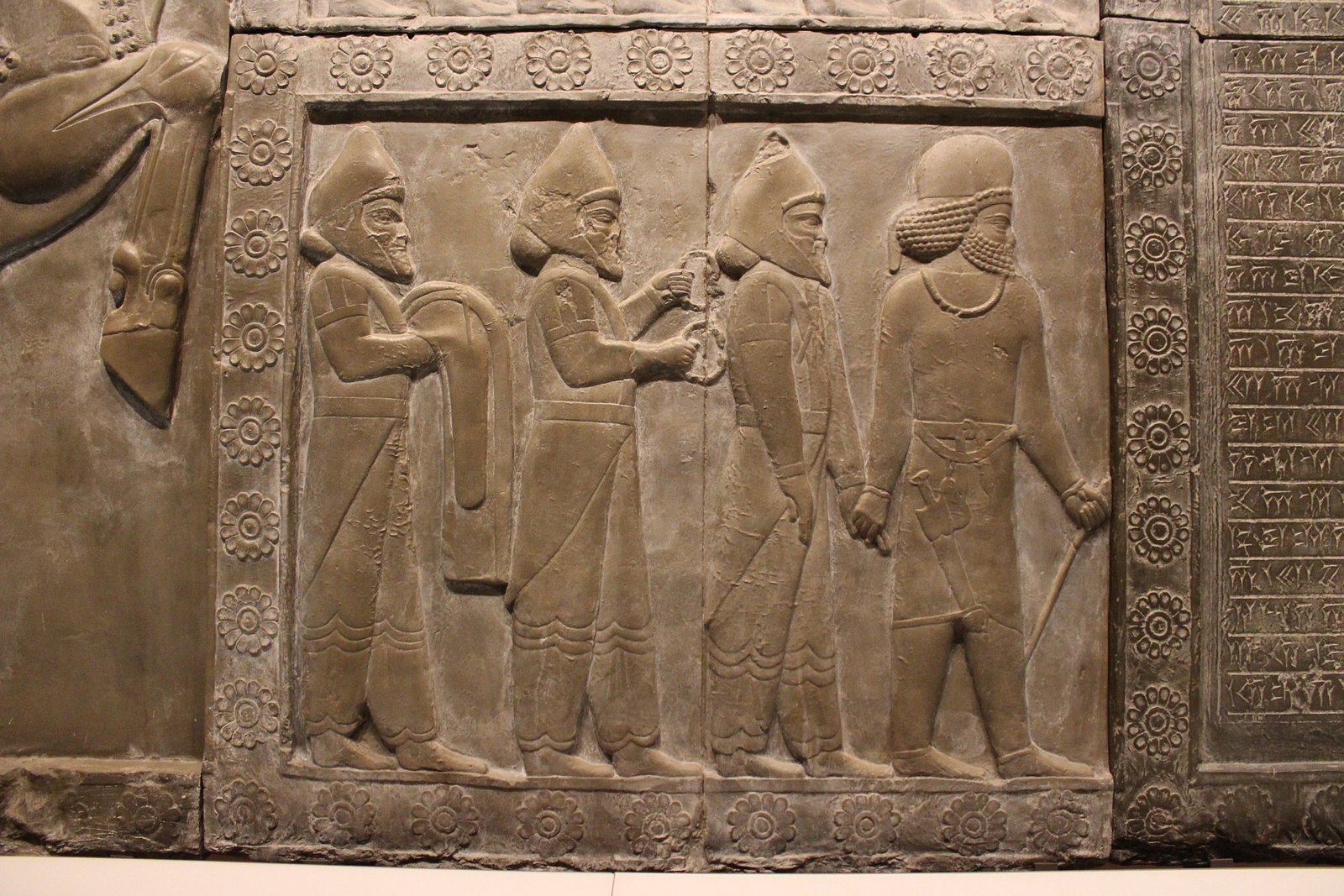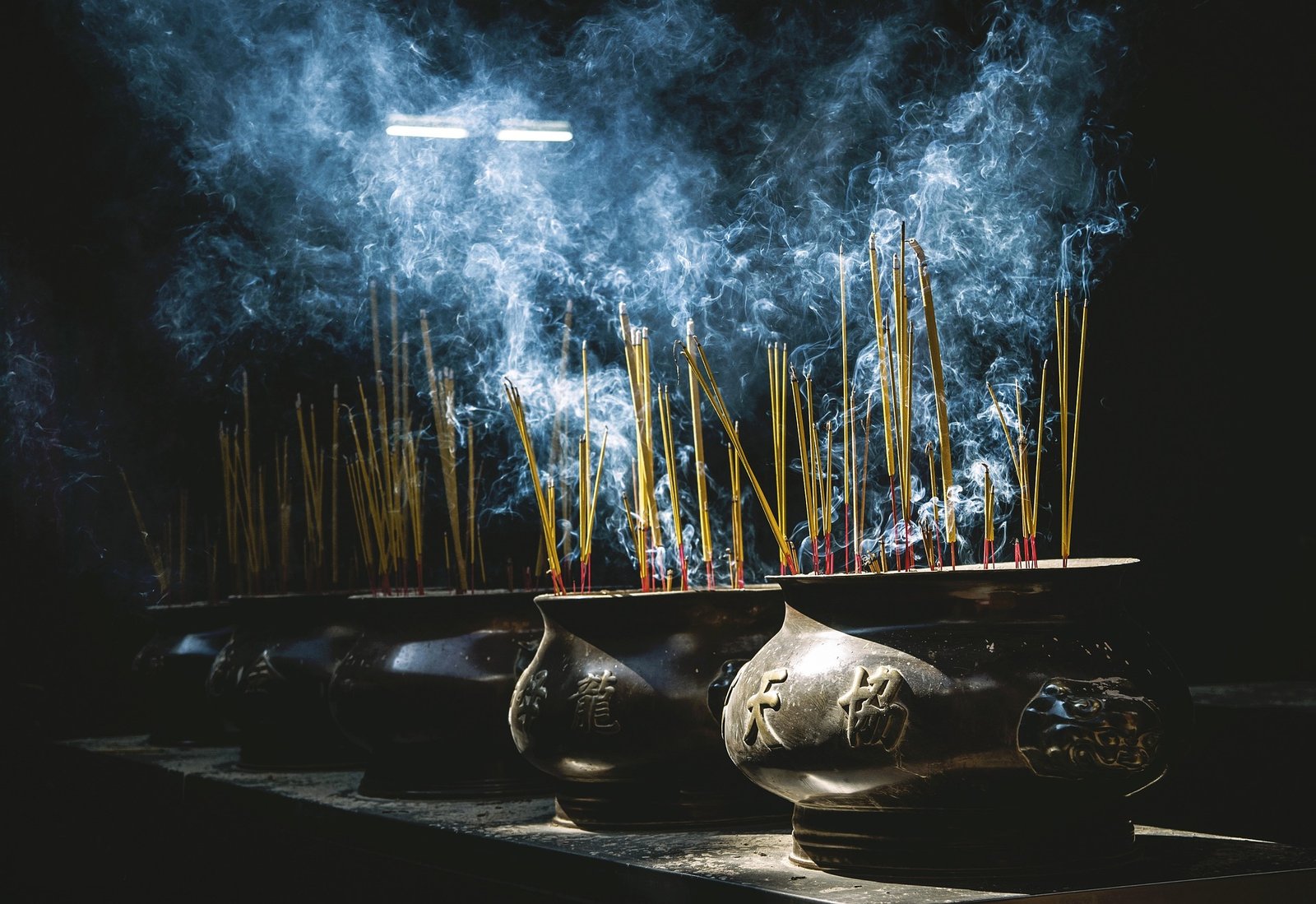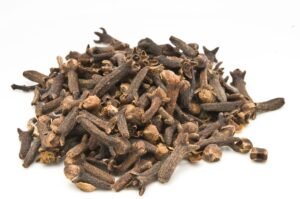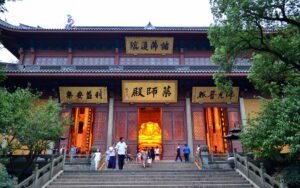Introduction
Imagine a world rich with tradition and lore, a world where the air itself holds the secrets of our ancestors. As you step into this bygone realm, you are greeted by an unmistakable scent—incense. From the ancient bazaars of Mesopotamia to the mystic temples of the Far East, incense has been an enduring hallmark of human civilization.
Across the ages, incense has played a multifaceted role in our collective journey. It has been a part of divine rituals, a symbol of luxury, a tool for meditation, and even a subject of trade and commerce. This is not just a substance; it’s an aromatic thread weaving through the tapestry of human history.
In this detailed guide, we will take an olfactory pilgrimage. From the earliest known uses of aromatic resins in Mesopotamia to the modern boutique fragrances that adorn our homes, each era and civilization offers a unique chapter in the grand tale of incense. Whether you are a history aficionado, a spiritual seeker, or someone enchanted by the mystical aura that incense brings, there is something in this narrative for you.
So prepare yourself for an evocative and educational expedition. As you light your favorite stick or coil of incense and read on, consider it your personal gateway into this fascinating journey—a ritual linking you to ages past and traditions far-reaching. After all, the history of incense is not merely a subject to be studied; it’s an experience waiting to be savored. Welcome aboard.
The Cradle of Aromatic Mystique: Where Does Incense Come From?
As we venture back in time to explore the roots of incense, it’s critical to understand that this aromatic substance didn’t merely emerge as a tool for masking odors or even simply for enjoyment. From its nascent stages, incense held a sacred, almost talismanic role in various aspects of human life—religion, medicine, and even politics. It is a remarkable testament to human ingenuity and the desire to connect with both the natural and supernatural worlds. What follows is a detailed account of how the use of incense began and how it was harvested and crafted. We start at the very dawn of civilization, where the first aromatic smoke rose to the heavens.
The Dawn of Incense in Ancient Mesopotamia
The aromatic journey of incense began in the cradle of civilization itself—Mesopotamia. This fertile region, which spanned parts of modern-day Iraq, Iran, and Turkey, is where humanity first left its footprints on the annals of recorded history. The Mesopotamians were among the first to distill the elusive essence of nature into tangible form. Incense in Mesopotamia was more than just a casual aromatic experience; it was a vital component of their religious and spiritual practices. Archaeological evidence, including cuneiform tablets detailing ritualistic practices, underscores the prevalence of incense use in this epoch.
Sumerian and Babylonian temples, the epicenters of Mesopotamian spirituality, frequently used incense as offerings to their pantheon of gods and goddesses. In a society deeply entrenched in religious symbolism, the ascent of incense smoke symbolized the elevation of prayers and offerings to the divine realm. It’s a practice that has not just survived but thrived, imprinted in the ritualistic DNA of countless cultures that followed.
Harnessing Nature: Aromatic Resins and Botanicals
Incense, in its earliest forms, was a simple yet ingenious distillation of nature’s bounty. The Mesopotamians utilized a plethora of aromatic resins, herbs, and botanicals to craft their fragrant offerings. Resins from trees like Boswellia and Commiphora—commonly known as frankincense and myrrh—were highly prized. These resins were harvested through a careful process of incision and collection, and they were often blended with other aromatic herbs and spices to create unique fragrant blends.
The practice of crafting incense was an art form, a meticulous alchemy that required intimate knowledge of natural substances and their properties. The specific recipes were jealously guarded secrets, often passed down through priestly lineages or held within temple precincts. This was no rudimentary task; this was a craft that stood at the intersection of human ingenuity and divine inspiration.

Sacred Smoke: The Role of Incense in Spiritual and Religious Contexts
Before we delve into specific religious and spiritual practices that have embraced the allure of incense, it’s important to recognize a universal truth: across diverse cultures and faiths, incense has consistently been used as a sacred offering and a means of connecting with something greater than ourselves. Whether it serves as a symbol of devotion, an aid in meditation, or an olfactory pathway to the divine, incense is deeply interwoven with our spiritual history. The following sections will take you on a transcendent journey through the temples, churches, and spiritual practices that have enshrined incense in their rituals.
Divine Aromas in the Temples of Ancient Egypt
When one thinks of the grandeur and mystique of Ancient Egypt, it’s often the pyramids or the Sphinx that come to mind. But deeply entwined with these monumental structures was the omnipresent scent of incense. The Egyptians elevated the use of incense to an art form, incorporating it into their daily lives, royal ceremonies, and, most significantly, their connection with the divine.
Incense in Ancient Egypt was considered the “scent of the gods.” It was believed that the aromatic smoke created a conduit between the earthly realm and the divine, transforming the temples into cosmic meeting grounds. Frankincense, myrrh, and a myriad of other resins were burned in intricate censers during ritualistic ceremonies to honor the gods and goddesses of the Egyptian pantheon.
But the role of incense extended beyond the temples. It also played a crucial part in the mummification process, a ritual believed to prepare the deceased for their journey into the afterlife. The use of aromatic resins in embalming not only served to preserve the body but also to sanctify it, making it a suitable vessel for the eternal journey ahead.
The Sacred Clouds of Hinduism and Buddhism
Fast-forwarding across continents and epochs, we land in the Indian subcontinent where the practice of burning incense has been an integral part of spiritual traditions like Hinduism and Buddhism. Known as “Agarbatti” in Hinduism and “Dhoop” in certain Buddhist practices, incense has been used not just as an offering to various deities but also as an aid in meditation and spiritual introspection.
The Vedas, ancient scriptures dating back over 3,000 years, reference the use of incense in religious rituals and ceremonies. Unlike the mono-resin blends prevalent in Ancient Egypt, the incense of the Indian subcontinent was often a complex mixture of herbs, spices, resins, and oils. Each blend had a specific purpose—some were designed to invoke a state of calm, others to stimulate focus and clarity. The intricate balance of these aromatic elements was believed to purify the environment and elevate the soul.
In Buddhist practices, incense serves as one of the offerings on the altar, symbolizing the impermanence of life. The burning incense reminds the practitioner of the fleeting nature of existence, encouraging mindfulness and present-moment awareness. Temples across Southeast Asia and Japan also use incense in a similar manner, recognizing its role as a bridge between the mortal and the eternal.
Incense in the Abrahamic Traditions: Christianity and Judaism
The narrative of incense is incomplete without discussing its role in the Abrahamic faiths. Incense is referenced multiple times in the Bible, both in the Old and New Testaments. In Judaism, the burning of incense was a daily priestly duty in the Tabernacle and later, the Temple in Jerusalem. A special blend of incense, known as “Ketoret,” was burned, and its exact composition was considered a closely guarded secret.
Christianity inherited the ritualistic use of incense and incorporated it into various aspects of liturgical practices. The Eastern Orthodox Church, the Roman Catholic Church, and even some Anglican and Lutheran congregations use incense during their services. The act of censing, or swinging the thurible (incense burner), is not just a sensory experience; it is laden with symbolism—representing prayers rising to Heaven, purification, and the sanctity of the rituals being performed.

The Fragrant Exchange: Incense in Trade and Commerce
It’s essential to appreciate that incense was more than a sacred or personal accessory; its significance reached far into the realms of economics and global trade. Not only was it a prized luxury, but it also functioned as a sort of universal currency in international exchanges. Tracing its journey from the ancient spice caravans to contemporary high-end stores reveals a long and fascinating history of incense’s impact on commerce. As we proceed, we’ll delve into this multifaceted tale that stretches across centuries and continents.
Incense Routes: The Spice Roads of Antiquity
The arduous journeys undertaken for the acquisition and trade of incense are the stuff of legend. Often referred to as the “Spice Routes,” these trade networks spanned land and sea, connecting the Middle East with the Far East and later, Europe. Frankincense and myrrh from the Arabian Peninsula, sandalwood from India, and agarwood from Southeast Asia were among the most coveted forms of incense.
Caravans laden with fragrant goods would traverse through perilous terrains and inhospitable climates, driven by the knowledge that what they carried was worth its weight in gold—or sometimes even more. These routes weren’t just commercial highways; they were cultural crossroads where ideas, languages, and traditions mingled, leaving an everlasting imprint on human civilization. The spice routes stand as a testament to the lengths humanity would go to in pursuit of aromatic opulence.
European Fascination and the Incense Trade
Europe’s tryst with incense can be traced back to the early explorers and traders who ventured East, captivated by the mysteries and riches they had heard of. These merchants returned not just with spices, silks, and precious stones but also with various forms of incense that were previously unknown in Europe.
As Christianity spread throughout Europe, so did the use of incense in religious rituals, and its demand soared. European powers such as the Portuguese, Dutch, and later, the British East India Company, actively participated in the incense trade. They established trade colonies in parts of Asia and Africa, securing a steady supply of aromatic substances like frankincense, myrrh, and benzoin.
The Modern Era: Incense as a Global Commodity
Fast-forward to the modern era, and we find that incense has become a global commodity, available in countless forms, fragrances, and brands. The rise of online commerce has played a significant role in making diverse types of incense accessible to people around the world. Whether it’s the exotic Nag Champa from India, the sophisticated Kyara from Japan, or the robust Oud from the Middle East, consumers today are spoilt for choice.
Moreover, the trade of incense has evolved to include ethical sourcing and sustainable practices, reflecting growing environmental and social consciousness. Brands today emphasize the ‘organic’ and ‘handmade’ aspects of their products, further elevating incense from a simple aromatic substance to a luxury item that aligns with contemporary values.

The Modern World and Incense
In a world driven by technological advancement and rapid change, certain ancient traditions manage to persevere, captivating our senses and bridging the gap between eras. Incense, with its profound history rooted in spirituality, culture, and medicine, continues to weave its aromatic tapestry into the contemporary landscape. As we navigate this section, we’ll explore how incense, once an integral part of ancient rituals and practices, has gracefully transitioned into the modern world, maintaining its allure and relevance.
Incense in Contemporary Spirituality and Wellness
The allure of incense has not waned with time; rather, it has reemerged as a centerpiece in contemporary spiritual and wellness practices. In a society that often seeks solace and mindfulness amidst the chaos, incense has found its place as a bridge to ancient wisdom. Practitioners from various spiritual backgrounds are reintegrating incense into their rituals, appreciating its ability to induce a serene atmosphere that aids meditation, reflection, and connection.
Beyond spirituality, incense has carved a niche in the wellness arena. As holistic approaches to health gain traction, the therapeutic potential of incense has garnered attention. The aromatic compounds released by burning incense are believed to have psychological and physiological effects, promoting relaxation, reducing stress, and even improving sleep quality. Whether embraced as an accompaniment to yoga sessions or as an aid in mindfulness routines, incense offers a sensory journey to well-being in an increasingly fast-paced world.
Artisanal Incense – The Craftsmanship of Modern Makers
In an era where mass production often takes center stage, a counterculture of artisanal craftsmanship is thriving, and incense has found its way into this revival. Artisanal incense makers, with their dedication to preserving traditional techniques and embracing natural ingredients, are crafting olfactory experiences that hark back to antiquity.
These modern masters painstakingly source resins, herbs, and botanicals from around the world, ensuring both sustainability and quality. Hand-rolling each stick and carefully infusing them with meticulously blended fragrances, these artisans are revitalizing the intimate connection between the creator and the creation. The result is incense that not only carries the weight of history but also resonates with modern sensibilities, offering individuals the chance to connect with the past while embracing the present.
As the aroma of these meticulously crafted sticks wafts through the air, it serves as a reminder that even in the midst of contemporary chaos, the time-honored art of incense-making endures. It’s an invitation to slow down, breathe deeply, and appreciate the marriage of tradition and innovation in every fragrant wisp.
Conclusion
In the scented haze of our journey through time, the history of incense emerges as a fragrant tapestry interwoven with spirituality, culture, and healing. From its ancient origins in Mesopotamia to its modern resurgence in wellness practices, incense’s aromatic tendrils have traversed epochs, igniting devotion, evoking reflection, and bridging civilizations. As we stand at the nexus of past and present, the aroma of incense invites us to breathe in the essence of human experience, a timeless ritual that connects us to the stories of those who came before us, and guides us toward a future scented with echoes of reverence and connection.





